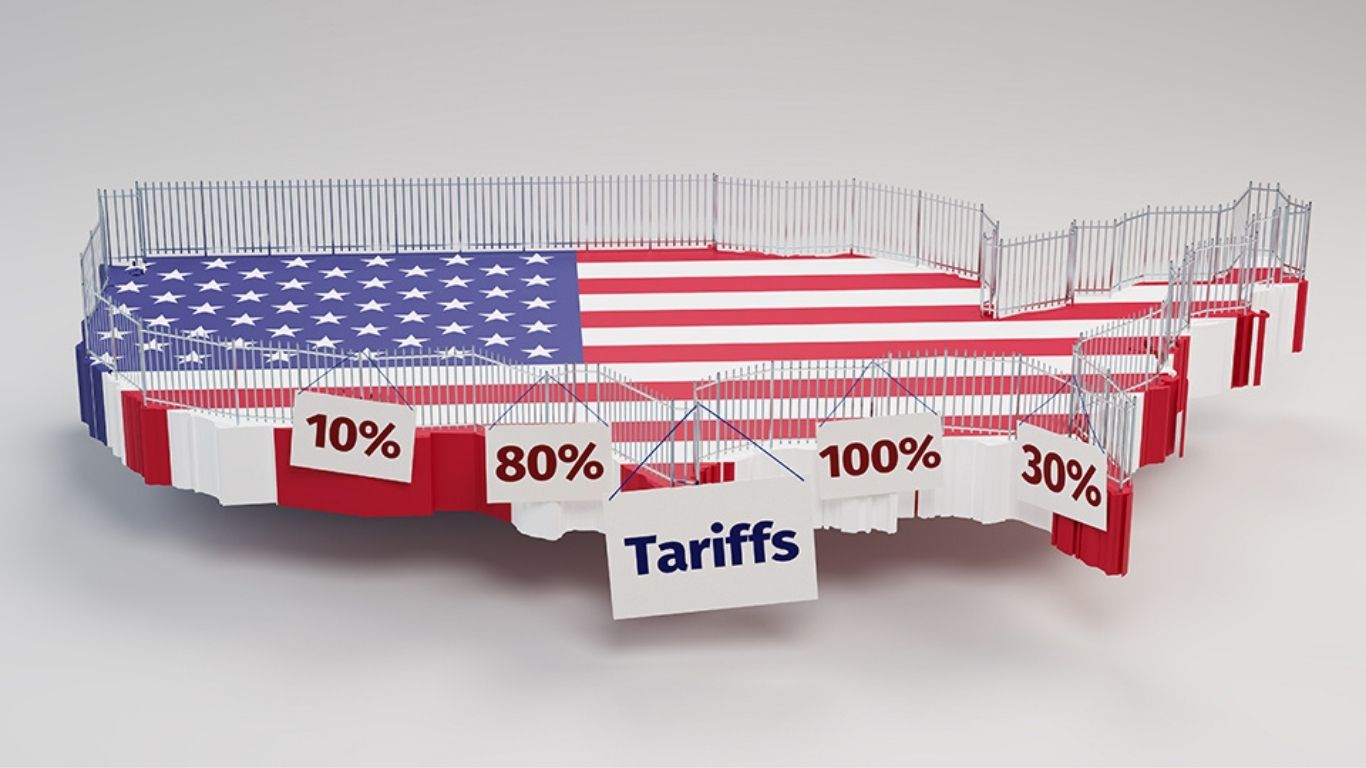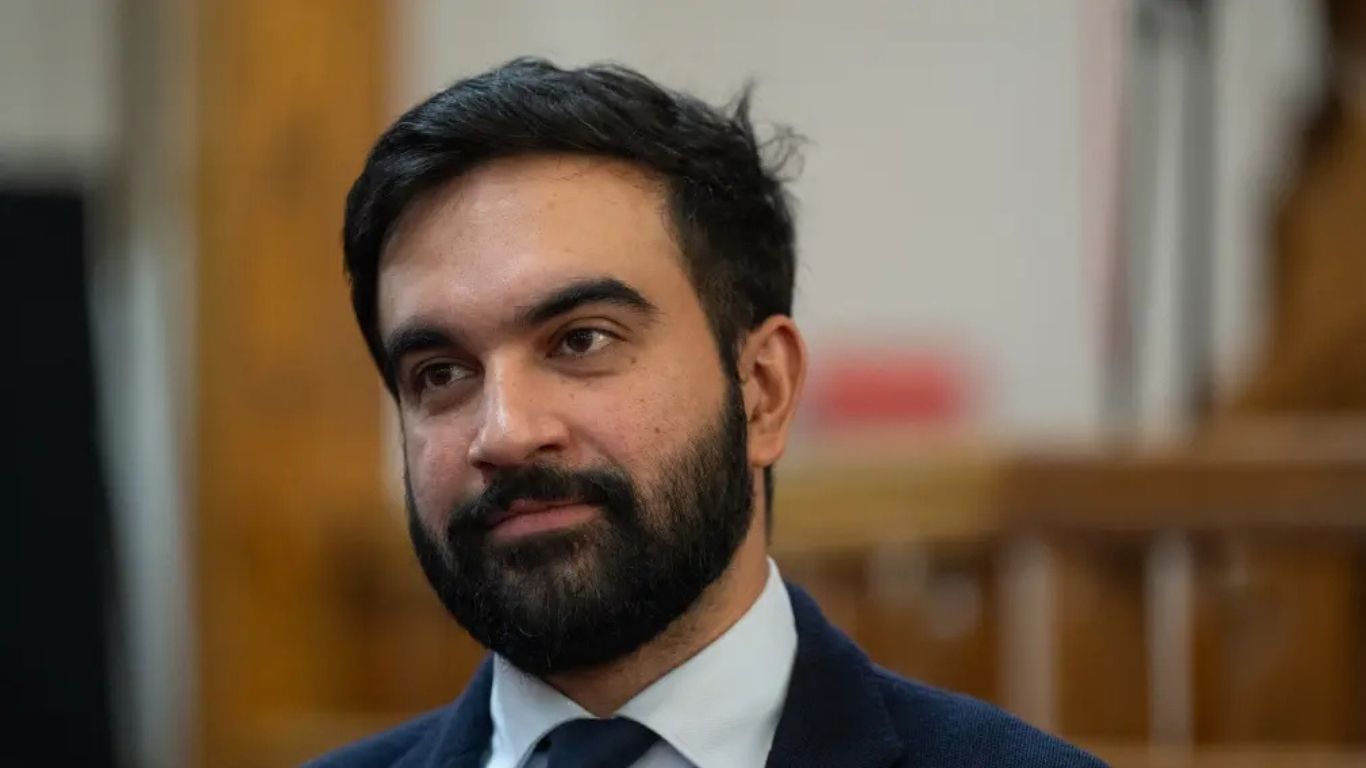The current monetary policy was set in motion at a time when the economy’s state was dire. The inflation rate‘s alarming upward trend and the national output’s sluggishness were significant concerns.
Amidst rampant corruption and large-scale looting of the economy by the gangs of Hasina, the income of ordinary people was eroding, and a large number of people were falling into poverty. In this milieu, the implementation of the monetary policy did not show much result; on the contrary, the economy fell into a cesspool of spiraling inflation and low growth.
In this desperate economic and suffocating political situation, the student community miraculously organized the entire national population in a street protest to successfully dislodge the utterly incompetent and predatory government. A new government, led by the widely respected Nobel laureate, Doctor Mohammad Yunus, took over which gave the people much hope of a recovery. His government is working hard to fulfill its promise. While the government underwent a revolutionary transformation, there was no significant change in the monetary policy. This means that the monetary policy of the ousted government, devised with the help of the IMF, is still in operation. The current governor, a former IMF staff, is strongly motivated to make it work and has already initiated some changes to stabilize the monetary economy, particularly the banking sector.
Evaluation and Performance of Monetary Policy
This monetary policy has been in operation for over two years. By any reckoning, this is a long enough period for a monetary policy to show its magic. But so far, there has been no magical relief from the crisis that the people had expected. Many of them are now losing hope. The principal objective of monetary policy is to maintain the stability of the monetary and financial sectors. This requires restricting the inflation rate to a low level, say, 2-4 percent, keeping the foreign exchange rate under check to prevent the erosion of the exchange value of the domestic currency, and maintaining the growth rate of GDP at an acceptable level, especially in developing countries.
The consumer price index of Bangladesh began a northward march from the beginning of 2022, and it continues until now. It rose sharply in July 2024 to 11.66 percent. It maintained the double-digit inflation momentum through much of the rest of the year despite the supposedly contractionary monetary policy that has been in operation for nearly two years with gradual tightening during this period. The USD exchange rate rose in tandem, resulting in a depreciation of the Bangladesh taka by more than 40 percent during this time. This gave a powerful upward push to the prices. The monetary policy seemed powerless to contain inflation, stimulate the economy, or prevent the steady depreciation of the taka. The inflationary pressure and the exchange depreciation forced the hands of Bangladesh Bank to continually raise the interest rate and reduce the monetary growth. This is evident from the trend of the monthly call money rate, which doubled between 2021 and 2024. The Bangladesh Bank was certainly not deficient in its effort to tame the wayward economy but unfortunately fell short in results.
Economic Weakness and Corruption
An important aspect that has not attracted much attention from analysts is that this inflationary period was also accompanied by a considerable weakening of the economy. There has been a substantial reduction in the real GDP growth between 2021-22 and 2023-24. Various reports and opinions in newspapers, as well as personal experiences of ordinary people, also strongly suggest a significant downturn in income. Trade has declined substantially with both export and import nosediving. This is obviously the direct consequence of the economic crisis and the contractionary responses of the authorities.
Much of the excess demand pressure of the earlier years was built up by the Hasina government, who set the budget spending as high as possible in order to siphon off a substantial part of it to maximize its own kickbacks. But the excessive graft dried up funds quickly, and the government was forced to reduce spending at home and seek more funds from overseas. This became evident by 2023. The real budget spending declined by 2.62 percent in 2023-24 from an increase of 1.87 per cent in 2022-23. The available data on budget implementation for 2024-25 (Jul-Oct) show a massive decline of 31.5 percent year-on-year. The Hasina government was forced to solicit funds from overseas but with no luck. Thus, at this stage, the domestic aggregate spending was already tepid.
Outdated Monetary Policy Focus
The focus of the current monetary policy was perhaps determined by 2022 or earlier data when the economy was still buoyant (partly due to the shameless doctoring of the data by Hasina’s gang). The IMF staff apparently regarded the economic problems of the time as the outcome of excessive spending and blithely recommended heavy doses of demand management medications to tamp down the perceived temperature. However, by this time, the economy was already contracting as it was also facing cost-push factors. The deflationary impact of the demand management policies was not sufficient to offset the inflationary cost-push pressure such that the economy ended up with higher inflation as well as falling output, i.e., stagflation.
Exchange Rate and Cost-Push
The exchange rate must have played a critical role in giving the cost-push. Until 2020-21, the exchange rate was virtually constant for four years, and so was the inflation at a relatively low rate. The exchange rate had risen very slowly in the previous seven years. However, from the beginning of 2021-22, the exchange rate (Tk/USD) started increasing by leaps and bounds. By the end of 2024, it had increased by more than 40 percent. Unfortunately, import price pass-through is very quick in Bangladesh, implying that the higher taka import cost was quickly transmitted to the product prices, giving rise to double-digit inflation.
It is obvious that the current monetary policy has done a good bit of damage to the economy and is no longer appropriate for the current situation. Perhaps the Bangladesh Bank should fundamentally revise it when it brings down the next edition of the monetary policy.




